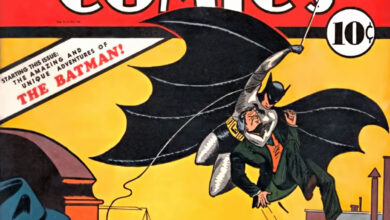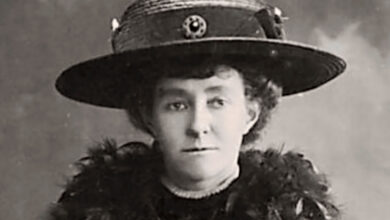Podcast: Play in new window | Download
The journey of personal music devices is fascinating, beginning in the early 20th century. Picture this: the year is nineteen twenty-five, and the portable gramophone is the gem of music aficionados, allowing people to take their tunes on the go for the first time. Then, along comes the nineteen fifties, and the transistor radio makes its debut. Small enough to fit in your pocket, this device was a game changer, enabling people to tune into their favourite radio stations wherever they went. It was a significant technological advancement that had a profound societal impact. These devices, while primitive by today’s standards, were revolutionary in their time. They gave people a taste of what it was like to have control over their music, to choose what they wanted to listen to and when they wanted to listen to it. These early devices planted the seeds for the personal music revolution that was yet to come.
The 1960s and 70s witnessed a significant leap in personal music technology—the advent of portable tape players. The stage was set for a transformation unlike any other: the introduction of devices like the Sony Walkman. This sleek, pocket-sized gadget was not just a music player but a symbol of freedom, a ticket to a personal sonic world. The Walkman made music portable, enabling people to carry their favourite tunes wherever they went. It wasn’t just a technological shift but a shift in how we experienced music. The Walkman ushered in an era of private listening, marking a departure from the communal music consumption of the past. It was now possible to create a personal soundtrack for our lives, to lose oneself in a musical universe while navigating the physical one. The Walkman revolutionised personal music, but the evolution was far from over.
As we rolled into the 80s and 90s, a new player entered the scene—The Discman. This new era saw a significant shift from the beloved tape cassettes to the shiny, compact discs we now call CDs. Companies like Sony were at the forefront of this revolution, introducing the Discman to the world, a sleek, portable device that offered an unparalleled audio experience. The Discman brought with it a host of improvements over its predecessors. The sound quality was vastly superior, thanks to the digital nature of CDs. Scratches on your favourite album no longer meant a loss of sound quality. The convenience of CDs was another central selling point. You could skip to your favourite track at the push of a button, a luxury not afforded by cassette tapes. The Discman era marked yet another milestone in the journey of personal music devices. It was a time of rapid technological advancements, setting the stage for the digital age that was yet to come.
The dawn of the 21st century brought the digital age of music. As the new millennium dawned, a seismic shift occurred in the world of personal music. The physical medium was being replaced by its digital counterpart, and leading the charge was a small, sleek device known as the iPod. Launched by Apple in the year two thousand and one, the iPod revolutionised personal music. It offered a convenience that was unthinkable in the era of Walkmans and Discmans. Imagine thousands of songs stored in a device no larger than a deck of playing cards. Apple’s dominance in the personal music devices market was unrivalled. The iPod became a cultural icon, a symbol of the digital age. It was a beacon of innovation, setting the stage for the future of music consumption. The digital age transformed personal music devices, but the evolution didn’t stop there.
Today, our personal music devices are more than just music players—they’re an integral part of our lives. With the advent of smartphones, the concept of personal music underwent a significant transformation. No longer were we lugging around separate devices or swapping out CDs and tapes. Instead, we had everything in one sleek, portable device. Music streaming services, like Spotify and Apple Music, took things a step further. These platforms offered access to an almost infinite music library, ready to be streamed immediately. The convenience of having every song, every album, every artist, quite literally at our fingertips, anytime, anywhere, completely revolutionised our relationship with music. This evolution also led to a more personalised listening experience, with algorithms curating playlists based on our preferences, making each listen uniquely tailored to us. From gramophones to smartphones, the journey of personal music devices has been a symphony of technological advancements, each note echoing its impact on our lives.
Podcast: Play in new window | Download





